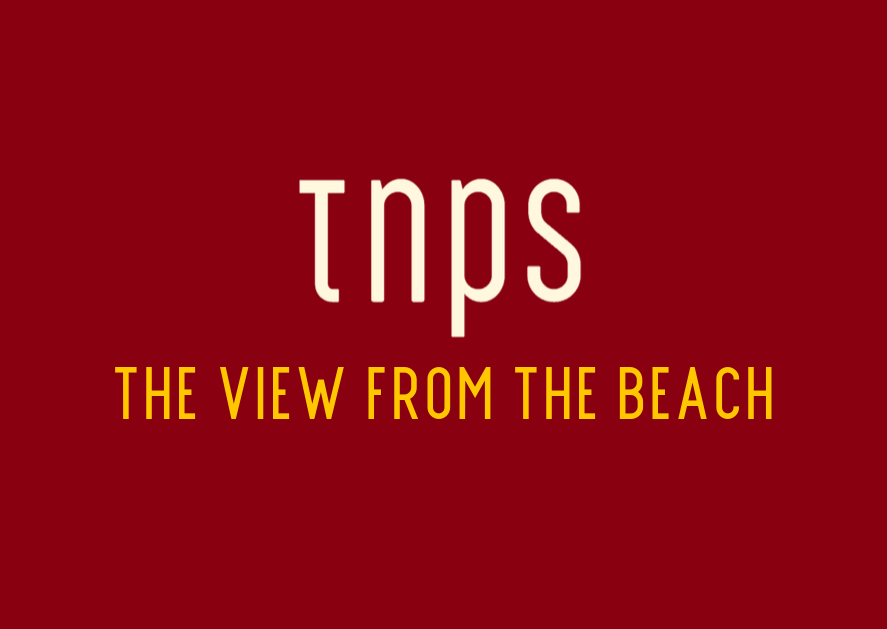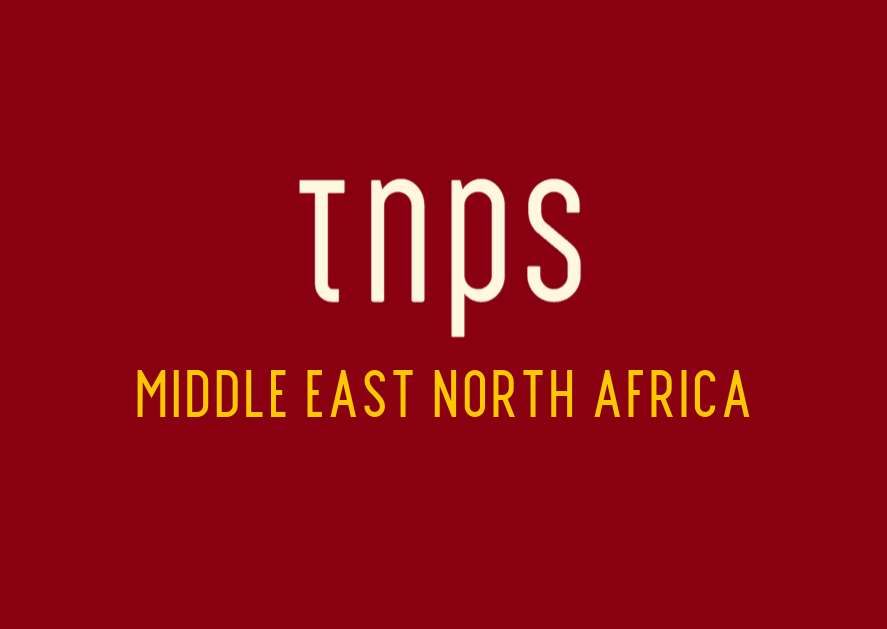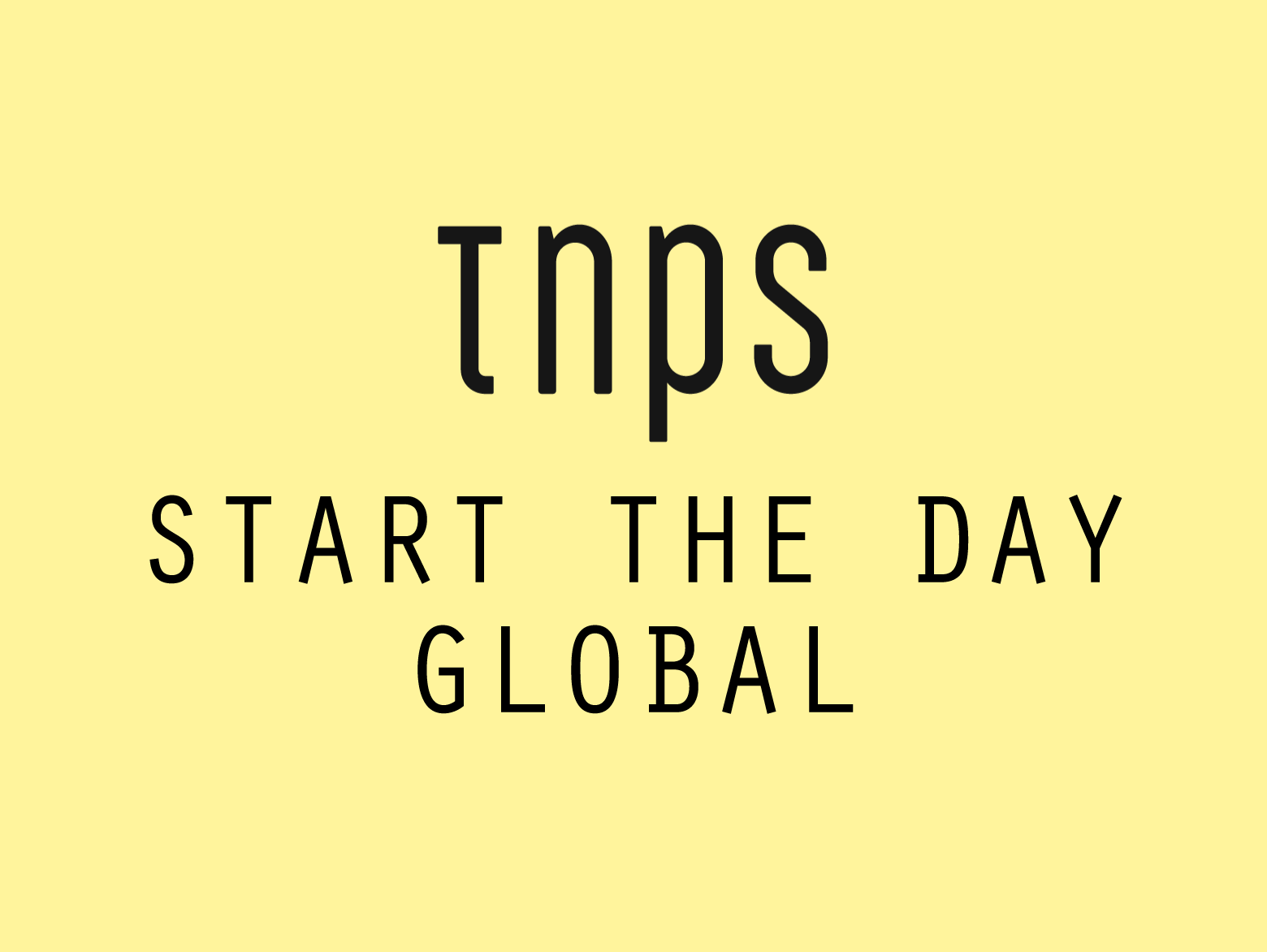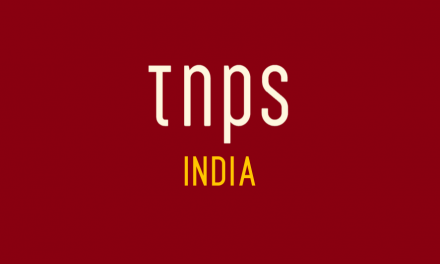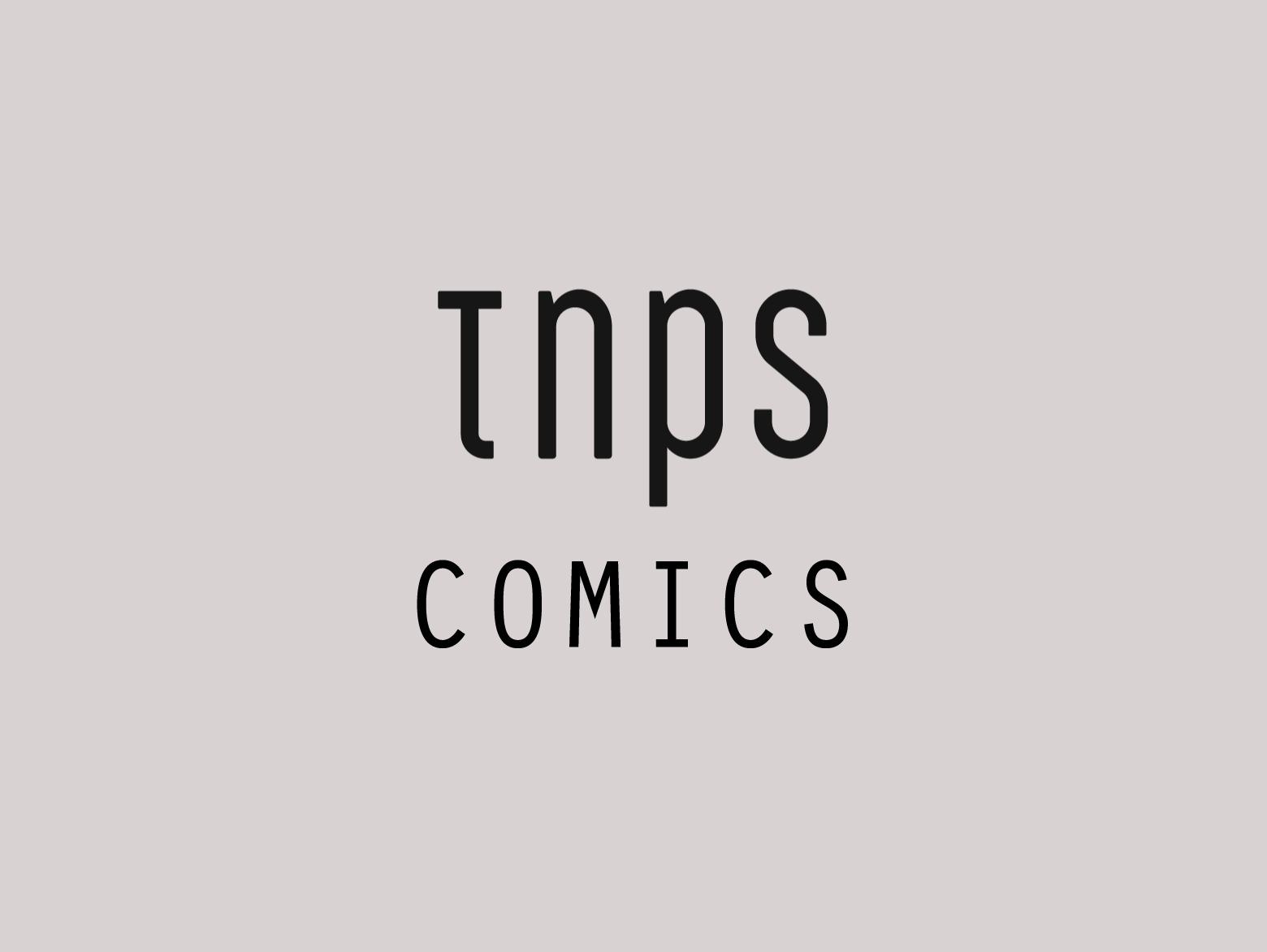The industry is in danger of sleepwalking into the next crises (plural, and likely many), some of which we are just seeing hints of right now as the “supply-chain issues” begin to manifest themselves, and as the industry is slowly bought up by hedge-funds…that leave a big question mark over long-term intentions.
The 188th Toy Fair New York, which ought to have happened in 2021, will now not take place in 2022 at all, but will be held over until September/October 2023, which will be its new regular calendar slot.
The decision was taken in January to postpone the planned February event, but it could easily have been rescheduled for a later date in 2022, or February 2023.
The fact that Toy Fair New York has been put off until September 2023 reflects the long-term vision of the industry and the need to reassess the purpose and priorities of the fair in the light of the way the world has changed since 2020.
Per the Toy Fair New York press release, factors behind this decision include, but it is stressed are not limited to,
extended lead-times in production supply chain and sourcing and evolved retailer purchasing cycles. The findings were gleaned from multiple member surveys and research work done by consulting firm mdg as part of a multi-year long process to “reimagine” the future of Toy Fair.
Reimagining is something many book fairs around the world could productively undertake, but as we’re seeing with the resumption of in-person book fairs in 2022, many are desperately trying to return to the old normal, as if nothing has changed in this new decade.
Not just regardless of the immediate and obvious impact of the Pandemic and the continuing uncertainty that brings, but also regardless of the ever-increasing supply chain issues that threaten to derail the industry’s over-dependence on paper and print production, and the changes in consumer behaviour and expectations that of course have been underway for a long time, but have so rapidly accelerated since 2020.
Amid the understandable and welcome bonhomie, backslapping and bar-room banter of the resuming book fairs this year we see a lot of much-needed focus on undeniably important issues like sustainability and inclusion that have for so long been sidelined or even completely ignored.
But inclusion, sustainability and good-to-be-back sentiments are just one small part of the bigger picture of an industry as much in flux and immersed in uncertainty in the early 2020s as it was in the early 2010s.
While there’s no question the industry as a whole has emerged stronger from the Pandemic’s onslaught there is an exuberance bordering on over-confidence among some parties as the financial reports show an industry that has transitioned from panic as the first lockdowns struck to emboldened and bubbling over with excitement as we begin to put the Pandemic behind us.
The confidence and economic empowerment in part explains the willngness – dare I say eagerness – to embrace sustainability and inclusion issues as if they are newly discovered problems that previously didn’t exist. But the industry too needs to keep its focus on the international picture, where Brexit, the Ukraine war and other topical news-driven issues are just part of a much wider build-up of actual and probable problems that will profoundly impact the industry as this decade unfolds.
The industry is in danger of sleepwalking into the next crises (plural and likely many), some of which we are just seeing hints of right now as the “supply-chain issues” begin to manifest themselves, and as the industry is slowly bought up by hedge-funds that are providing much-needed short-term cash injections (Waterstones and Barnes & Noble as examples in retail, but we see this across the industry’s sectors and not just in the US and UK – just look at Sweden’s Storytel) but that leave a big question mark over long-term intentions (again look at Storytel).
These are fundamentally structural issues that need addressing as the industry continues to juggle what should be complimentary but often are treated as conflicting interests, as for example the balance between print and digital books, or between regular retail and subscription, or between “traditional” publishing and self-publishing, to identify but three.
In each instance the industry grew up based on and built around and into the former models and is only reluctantly embracing the latter, if at all.
TNPS will take a deep dive into each example in future editions, but we need only look at industry reports of the past few weeks to see how conflicting interests lead to imbalanced reportage and imbalanced arguments that in the long term do the industry no favours.
One example: The Bookseller recently reporting on the Society of Authors rightly complaining about Amazon’s ebook returns policy, noting,
E-book royalties are calculated on a proportion of receipts, typically 25%, whereas for physical copies writers are paid a percentage of the recommended retail price.
That of course applies only to traditionally-published authors. Self-publishers can pull in as much as 70% of the ebook retail price, selling on Amazon and elsewhere.
And when it comes to sustainability we see a similar reportage-pattern that refuses to embrace the realities of 2020s publishing. Reports for example that go into great detail about how publishers are reviewing their paper, ink and book-cover production, while never for one second stopping to consider that digital books have almost none of these issues.
Its also worth keeping in mind that the very real supply-chain and rising costs issues surrounding paper, ink and book-cover issues are a key driver for the sudden urge to be sustainable.
All of which brings us back to the headline of the reimagined Toy Fair New York.
The book publishing industry needs more focus on reimagining and exploring the possibilities, not clinging to the perceived but increasingly faux security of the past, and that needs to happen across the industry on a much broader scale that it is at the moment (Re-Boot, for example, or Digital Book World), led by the international book fairs.
This post first appeared in the TNPS LinkedIn Pulse newsletter.

